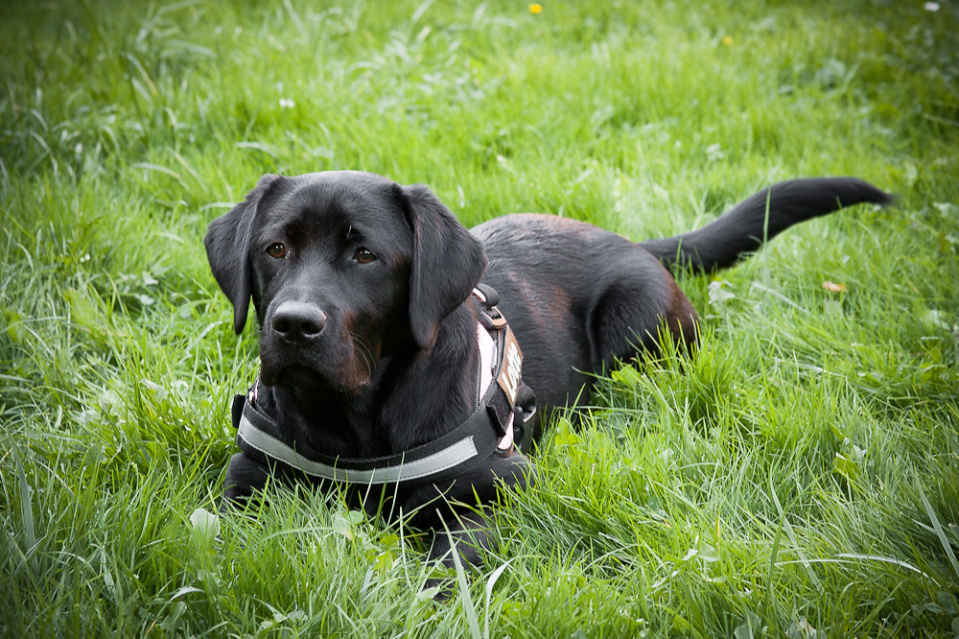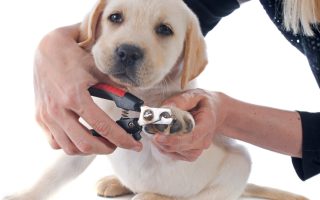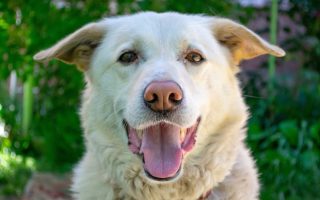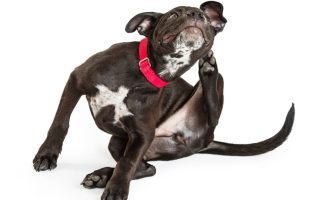If you have adopted a puppy or adult dog that has been abused in the past. Helping them adjust to a new home, and a better life can be difficult. Although it may not be apparent at first, over time, you will notice the signs. Behavior that indicates that your pup or dog has been abused or mistreated by a past owner. In such a situation, you must understand the discomfort and fear. That your puppy might be experiencing and patiently help them overcome. Their distress and used to a new, loving home and family.
Here are some tips to help you manage and care for an abused dog.
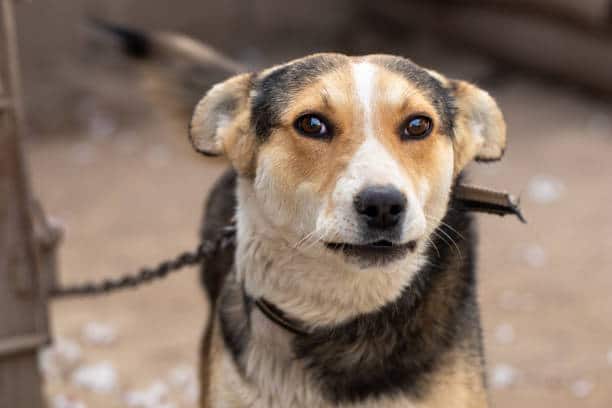
Understanding their Behavior
The first step towards helping an abused dog recover is to observe and understand their behavior patiently. If the pup is afraid of a specific action or object, such as sticks or shoes. It can indicate how they endure abuse and mistreatment. This helps you create an idea of how to build a safe environment for the pup. This is because abused dog have negative emotions and memories imprinted on their mind from the past, and these memories may hold connected to objects or even specific actions. If the abuse faced by the dog consisted of some prominent actions, that memory can also affect the pup and make them afraid of a particular movement such as the sudden movement of legs or a raising of the hand.
How to Help the Pup
Take It Slow
The trick to helping abused dog recover is by giving them time and space to adjust to their new surroundings. The dog may be afraid of humans in general due to previous maltreatment. Thus, it is better to approach them slowly and start by offering a treat or a toy. If the dog accepts, you can move forward to petting the dog or holding them. But if the pup rejects the offering, it is better to give them more time and not rush the process.
Create A Safe Environment
After you have observed the pup and taken note of the things that make them afraid and anxious, you should alter their immediate environment and remove the negative objects from their vicinity. This helps the pup relax and feel safer. If the dog fears specific actions, you should be extra careful to avoid those actions while in front of the puppy.
Build Trust
After the pup realizes that the object and actions they are afraid of repeated, they may begin to relax more, although cautiously and slowly at first. Over time, with the proper attention, love, and care, the dog will build new, positive memories and interact and enjoy their life in the best way possible.
Remember, it takes time, patience, and courage to help an abused dog overcome fear and anxiety. But, the effort and time you put into rehabilitation can benefit them much in the long run and help you build a stronger relationship with them.

